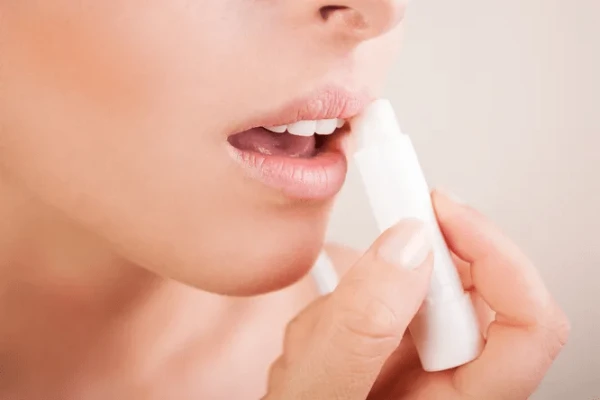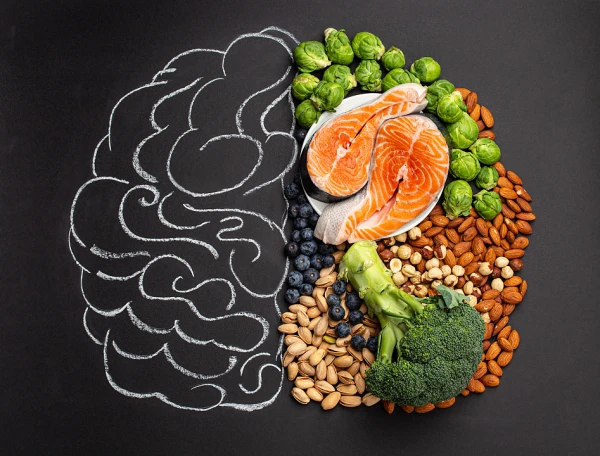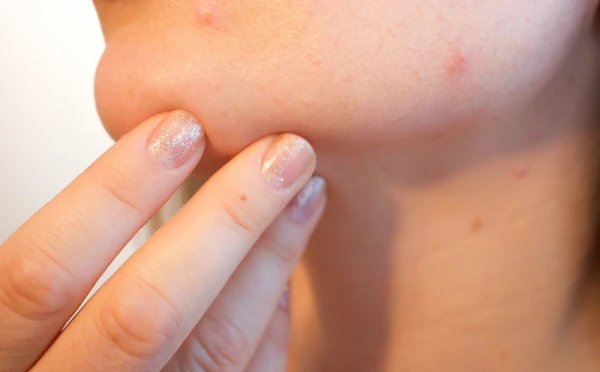
With the onset of cold weather, many lip balms stop performing their function. We explain how to distinguish a working formula from a useless one by its composition.
The delicate skin of the lips reacts sharply to cold and temperature fluctuations, so late in autumn and winter, many of us experience discomfort, peeling, and cracks. To avoid this, it is important to choose the right care: what worked for you in summer may not only be unsuitable in winter but may also worsen the situation.
What to Look for in the Ingredients?
According to dermatologists, during the cold season, it is worth paying attention to balms with ceramides – these components act as restorers of the natural protective barrier. Natural waxes, such as beeswax or carnauba wax, are equally important as they create a reliable shield against bad weather. For intense nourishment, cocoa, shea, or jojoba oils are ideal, while panthenol helps soothe already damaged skin.
As for the frequency of use, it is important to find a golden mean. Specialists recommend developing a ritual: apply the balm in the morning after washing your face, reapply 15 minutes before going outside, and definitely use a thick layer before bed as a restorative mask. If you use decorative lip cosmetics, it is also advisable to apply the balm five minutes before applying lipstick. This will enhance the moisturizing components present in most lipsticks and provide additional protection for the skin.
Don’t forget about gentle exfoliation. A light peeling once a week will help remove dead skin cells, but after that, it is essential to apply a nourishing balm. However, if there are cracks on the lips and they are severely dry, mechanical scrubbing may worsen the situation. If cleansing is necessary, choose the mildest enzymatic formulas or simply wipe your lips with a damp soft cloth.
Peptide Balms
There is another component that has become trendy for a reason – peptides. Unlike simple moisturizing ingredients, peptides not only temporarily soften the skin but also work in the long term, strengthening its structure from within and stimulating the natural production of collagen and elastin.
Peptides are especially valuable in situations where the lips have already suffered from bad weather. They accelerate regeneration, helping to restore damaged areas more quickly and effectively. Moreover, peptides pair well with other protective components – for example, in a balm with beeswax, they create the perfect tandem: the wax protects against external influences, while the peptides work on restoration.
Do No Harm
Some lip balms can do more harm than good. Light moisturizing formulas that worked perfectly in summer can create an illusion of care, masking real problems.
Particular attention should be paid to formulations with menthol and camphor. These components provide a pleasant cooling effect but actually irritate the sensitive skin of the lips and can provoke additional dryness. Imagine: you apply a menthol balm before going out into the cold – the skin experiences double stress from the cooling.
Be cautious with water-based balms and transparent gel textures. The water contained in their composition evaporates quickly in the cold and literally pulls moisture out of the skin along with protective lipids. As a result, the lips become even drier than before using the product. Also, do not rely on the caring properties of trendy lip oils. These are more decorative products than care products, so always use a balm before applying them.
Another unwanted guest in winter care is alcohol and aggressive fragrances. Alcohol destroys the already fragile protective barrier, while artificial fragrances can cause irritation and allergic reactions, especially when the skin is weakened by low temperatures. For lips prone to dryness and cracks, dermatologists recommend choosing balms from cosmeceutical brands in winter, free of fragrances and with powerful restorative formulas.












